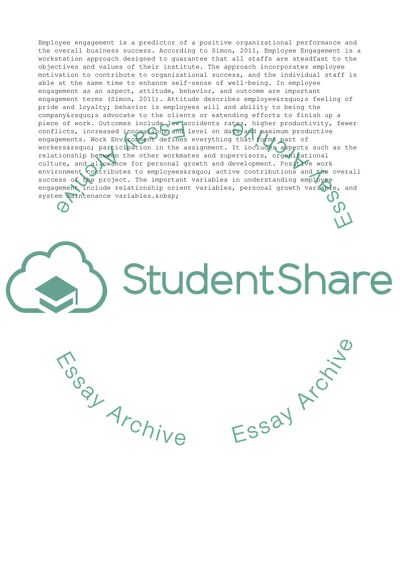Cite this document
(“Employee Engagement: Explicating the Contribution of the Work Essay”, n.d.)
Employee Engagement: Explicating the Contribution of the Work Essay. Retrieved from https://studentshare.org/business/1670053-case-study-based-essay
Employee Engagement: Explicating the Contribution of the Work Essay. Retrieved from https://studentshare.org/business/1670053-case-study-based-essay
(Employee Engagement: Explicating the Contribution of the Work Essay)
Employee Engagement: Explicating the Contribution of the Work Essay. https://studentshare.org/business/1670053-case-study-based-essay.
Employee Engagement: Explicating the Contribution of the Work Essay. https://studentshare.org/business/1670053-case-study-based-essay.
“Employee Engagement: Explicating the Contribution of the Work Essay”, n.d. https://studentshare.org/business/1670053-case-study-based-essay.


